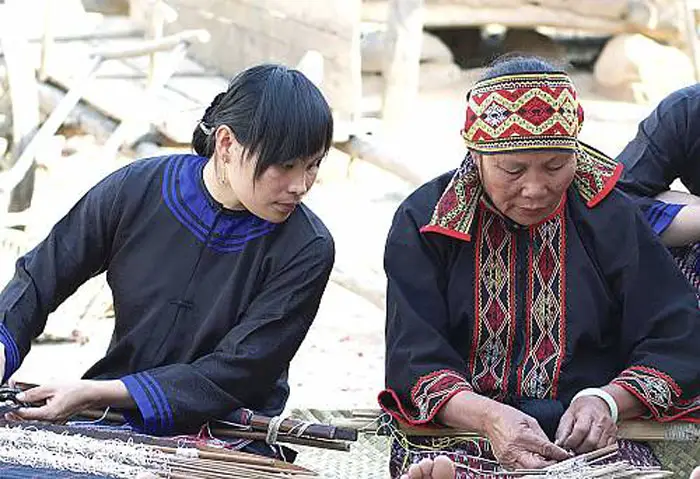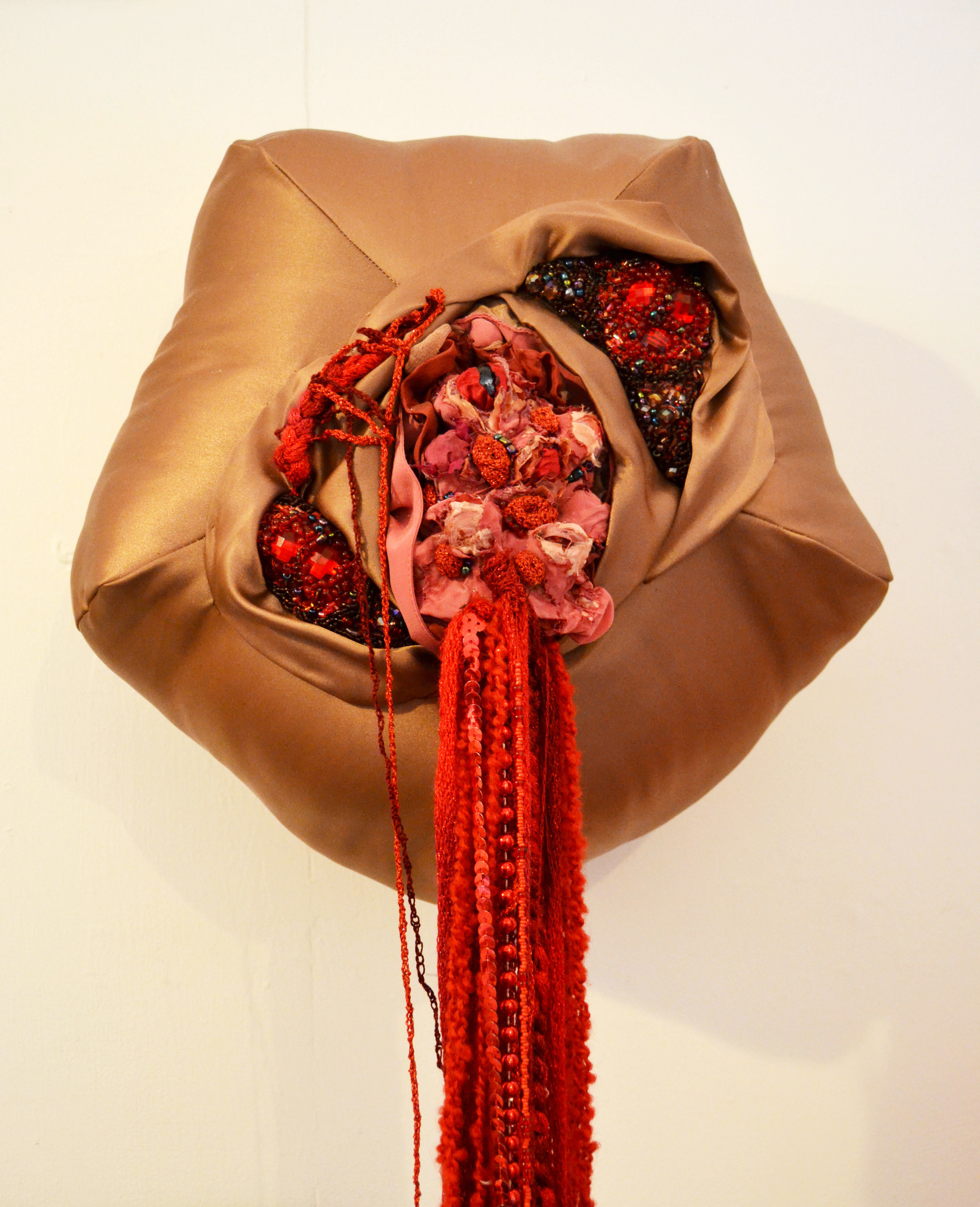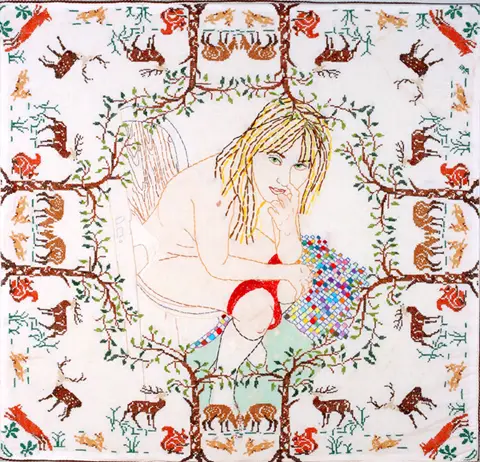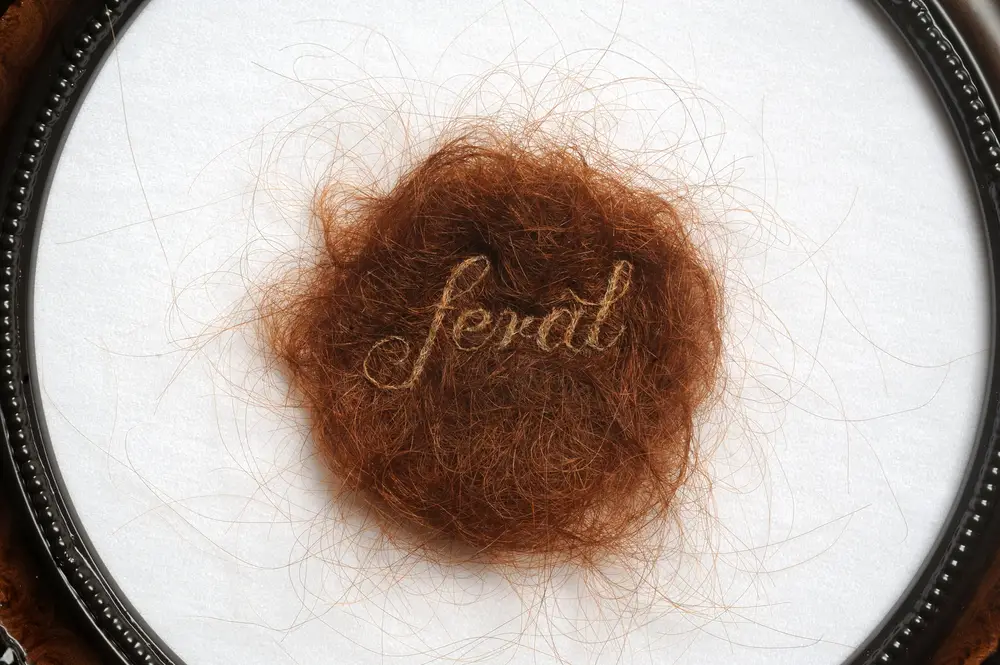A bit of a diversion for the Edge post this time as we share a video about the Li Textile tradition from the Hainan Province in China. A big thanks to Abi Nielson for sharing this with me.
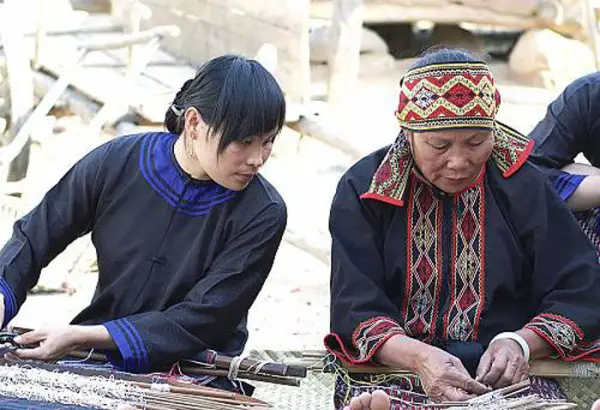
The Li textile tradition is an integral part of the Li cultural identity, with the techniques being passed down through generations of Li women and, as is the case with all too many traditional textiles, is under threat from mainstream globalised processes, so much so that this method is included on UNESCO’s List of Intangible Cultural Heritage in Need of Urgent Safeguarding:
“The Committee (…) decides that [this element] satisfies the criteria for inscription on the List of Intangible Cultural Heritage in Need of Urgent Safeguarding, as follows:
- U1: Traditional Li textile techniques, transmitted from mothers to daughters, are skills essential to the personal identity of Li women and to the cultural identity of the Li ethnic group, employed to create cloth that is both practical and richly imbued with symbolic meaning;
- U2: Widely practised as recently as three decades ago, the Li textile techniques are today mastered by fewer than a thousand women, mostly elderly, and certain techniques such as the double-face embroidery count only a handful of experts; industrialization brings mass-produced goods that displace the traditional textiles, tourism introduces new styles and tastes, and universal childhood education leaves little time for learning traditional skills;
- U3: The State and textile artisans have together elaborated a set of safeguarding measures giving first priority to the transmission of textile skills, but including as well efforts to provide raw materials, to introduce legal protections, to raise awareness and to document the rich diversity of textile techniques and designs;
- U4: Li artisans and civic leaders have taken the initiative to propose inscription on the Urgent Safeguarding List and have participated actively in the preparation of the nomination, enlisting the support of national and local authorities for the nomination effort, and giving it their free, prior and informed consent;
- U5: In response to initiatives from the authorities of Hainan Province, and by decision of the State Council of the People’s Republic of China, Li textile techniques were included on the National List of Intangible Cultural Heritage administered by the Department of Intangible Cultural Heritage of the Ministry of Culture.
Including explanations of traditional dying and weaving techniques – the backstrap loom is amazing – as well as a section on the Li embroidery (both single and double face techniques), the video is a great insight into an example of how this craft we love is an essential part of Chinese Cultural Heritage.
Get yourself a cuppa and take ten minutes out to connect with this fascinating subject. Find out more at the UNESCO website.

